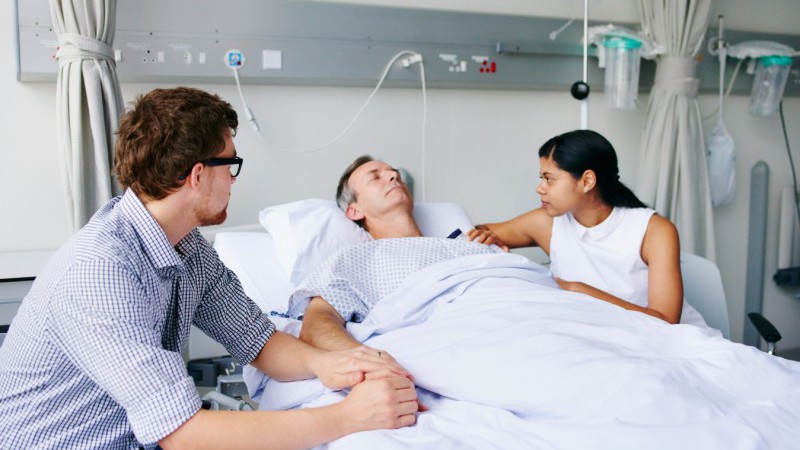Treatment options for stroke have been transformed in recent years, saving more lives and reducing disability for those who have access
OdishaPlus Bureau

- Early recognition makes a big difference.
Knowing the signs of stroke and getting treatment quickly saves lives and improves recovery.
- Around 1 in 10 more people make an excellent recovery when cared for in a specialized stroke unit.
All patients with stroke (ischaemic or haemorrhagic) should be admitted to a specialized stroke unit, which involves a designated ward with a specialized team.
- Clot-busting drugs (tPA or thrombolysis) increase the chance of a good outcome by 30%.
Clot-busting drugs break up blood clots. This treatment can be administered up to 4.5 hours of symptom onset in many patients with ischaemic stroke. The earlier it is given, the greater the effect.

- Clot retrieval treatment increases the chance of a good outcome by more than 50%.
Clot retrieval treatment (mechanical thrombectomy) involves removing a blood clot and can improve survival rates and reduce disability for many people with ischaemic stroke caused by large artery blockage.
- Rehabilitation is a critical step in the treatment process.
Rehabilitation starts in the hospital as soon as possible following a stroke. It can improve function and help the survivor regain as much independence as possible over time.
- One in four survivors will have another stroke.
Treatments that prevent another stroke include drugs to lower blood pressure and cholesterol, antiplatelet therapies, anticoagulation for atrial fibrillation, surgery or stenting for selected patients with severe carotid artery narrowing.
Lifestyle changes can also greatly reduce the risk of another stroke. Changes include eating well, being physically active, being tobacco-free, managing stress and limiting alcohol consumption.
1 in 4 of us will have a stroke in our lifetime. Knowing more about prevention and symptoms of stroke could save millions of lives, including yours.
Stroke is a leading cause of death and disability worldwide, but most strokes can be prevented by addressing a small number of key risk factors – including blood pressure.
Stroke happens either when the blood supply to part of your brain is cut off because of a blood clot, or because a brain artery ruptures and leads to a haemorrhage.
(Courtesy: World Stroke Organization)
#WorldStrokeDay2024 #GreaterThanStroke #BrainStroke



























